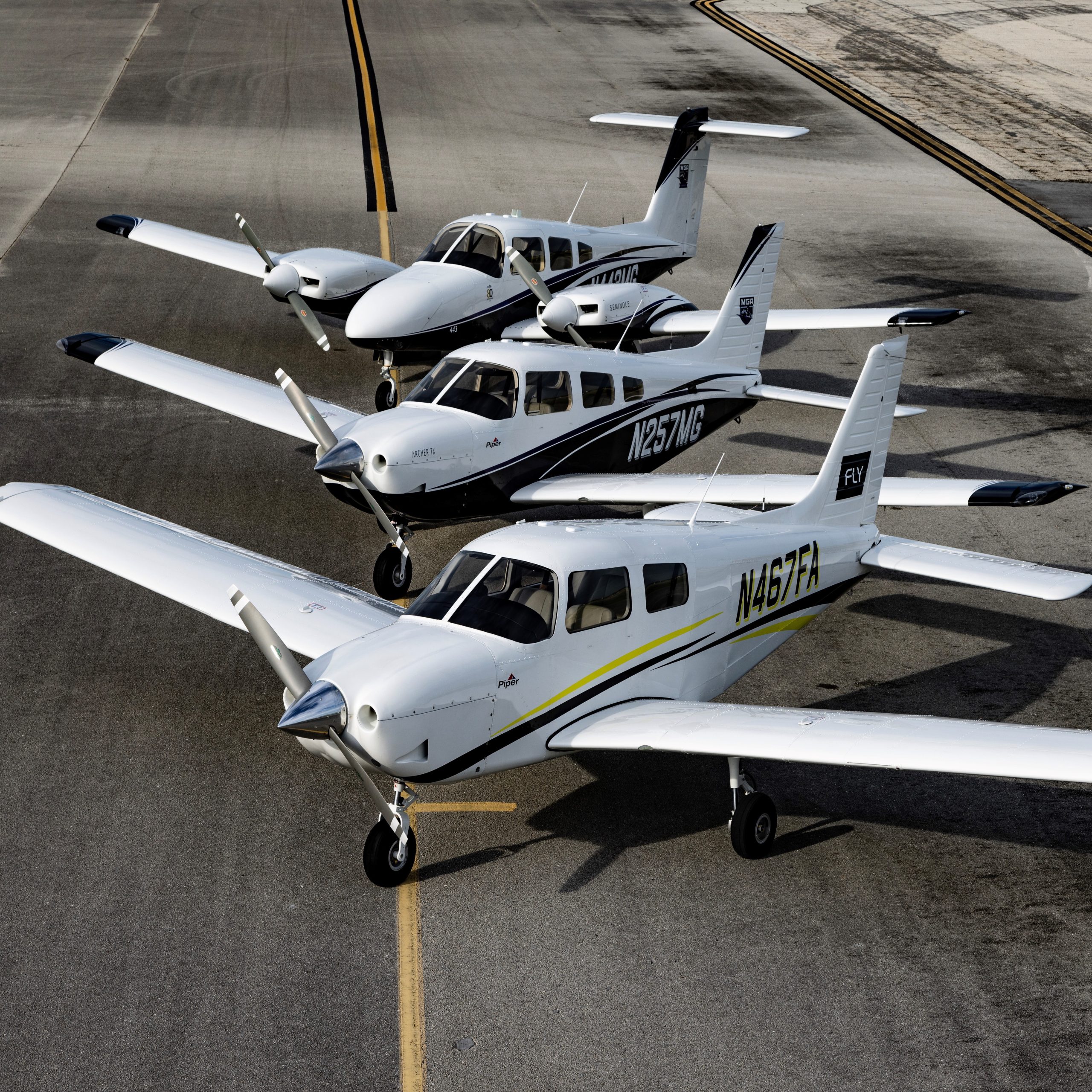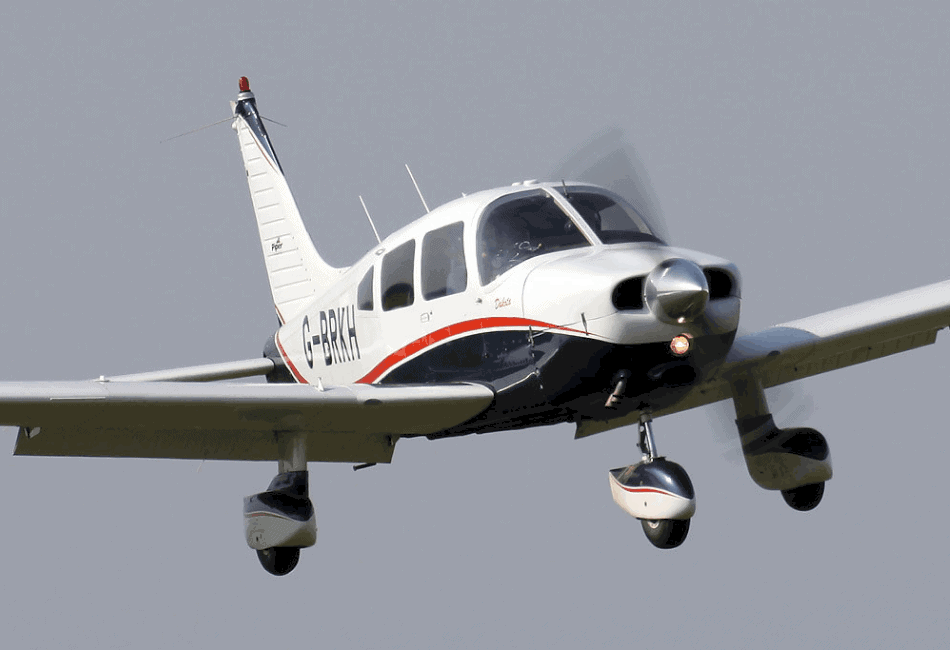Tracing the Evolution of the Piper Dakota Aircraft
The aviation world has witnessed remarkable advancements over the years, resulting in a vast array of aircraft that cater to different needs and preferences. Among these, the Piper Dakota stands out as a versatile and reliable single-engine aircraft. Known for its robust design and impressive performance, the Piper Dakota has become a favorite among private pilots and flight training schools alike. Tracing the evolution of this remarkable aircraft unveils a fascinating journey from its inception to its continued prominence in the aviation industry.
Unveiling the Origins of the Piper Dakota Aircraft

The origins of the Piper Dakota are intricately tied to the legacy of Piper Aircraft, Inc., a company renowned for its contributions to general aviation. Founded in 1927, Piper Aircraft garnered a reputation for producing light aircraft that were both accessible and dependable. The Dakota, introduced in the late 1970s, emerged as part of the Piper Cherokee family, which had already established a strong foothold in the market. As the world demanded more versatile and economically efficient general aviation planes, Piper responded with the Dakota, aimed at improving the performance and utility of its predecessors.
The Piper Dakota’s design was a testament to the evolving needs of pilots and the innovative spirit of Piper Aircraft. It was created to fill the gap between the smaller Cherokee 140 and the larger Cherokee Six, offering a balanced combination of performance, range, and capacity. The Dakota featured a powerful Lycoming O-540 engine, which provided enhanced speed and climbing capability while maintaining the fuel efficiency that was characteristic of the Piper Cherokee line. With its fixed-gear configuration, the Dakota ensured that maintenance remained straightforward and cost-effective, appealing to private owners and flight schools alike.
Introduced in 1978, the Piper Dakota quickly gained recognition for its versatility and reliability. This model was geared towards private pilots seeking an aircraft that could comfortably accommodate four passengers while providing a commendable range for cross-country flights. Its robust construction and user-friendly handling made it a preferred choice for flight training programs. The Dakota’s competitive pricing further cemented its popularity, as it offered a high-value proposition in an era when cost-effectiveness was a critical consideration for many buyers.
Key Milestones in Piper Dakota’s Development

The journey of the Piper Dakota includes several key milestones that define its legacy in the aviation industry. One of the significant early milestones occurred shortly after its introduction when the aircraft garnered attention for its role in flight training programs. Flight schools appreciated the Dakota’s stability, ease of control, and reliable performance, making it an ideal choice for training new pilots. Its widespread adoption in training environments reflected its practicality and set the stage for its enduring presence in aviation education.
Another notable milestone in the Dakota’s history was its contribution to personal aviation. The aircraft became a favorite among private owners who valued its versatility for both short hops and longer travel. Its dependable performance earned it a reputation for reliability, while its spacious cabin provided comfort for passengers, making it an attractive option for family getaways and business travel. Furthermore, the Dakota’s ability to operate from shorter airstrips expanded its usability, granting access to more remote and less developed airfields.
Technological advancements also played a role in the development of the Piper Dakota. As avionics and navigation systems evolved, Dakota models saw upgrades that enhanced safety and pilot experience. Innovations such as GPS navigation and modern communication systems were integrated into later models, aligning the Dakota with contemporary aviation standards and expectations. These upgrades ensured that the Piper Dakota remained competitive in an evolving market, appealing to pilots who sought both tradition and modernity in their aircraft.
The Piper Dakota’s evolution is a testament to the ingenuity and adaptability of Piper Aircraft, Inc. From its origins as a response to market demands, the Dakota quickly established itself as a cornerstone of both personal and instructional aviation. Its development over the years mirrors the advancements in technology and the ever-changing needs of pilots. As a durable and reliable aircraft, the Piper Dakota continues to hold a special place in the hearts of aviation enthusiasts, embodying a legacy of innovation and endurance in the skies.



